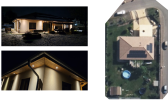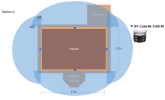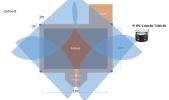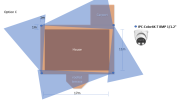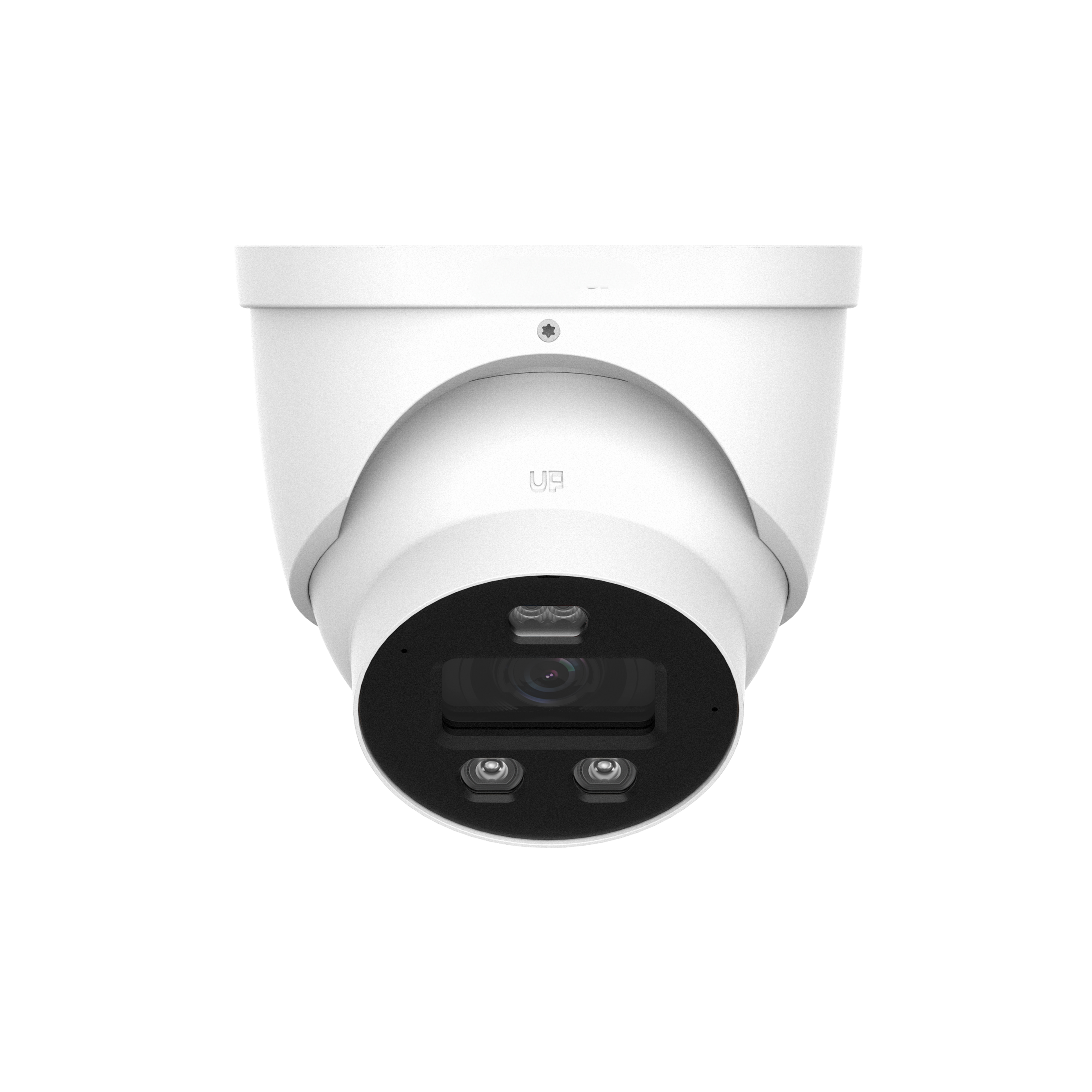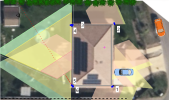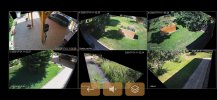No the 3849 should be avoided at all costs.
This would be the much better camera that is on the ideal MP/sensor ratio:
4-MP 1/1.8" CMOS | Built-in multi-core light | Max. IR distance is 30 m | Max. warm light distance is 30 m | Intelligent monitoring: Intrusion, tripwire | Supports max. 512 G Micro SD card | Built-in dual Mic | Support two-way talk | IP67 protection | Sound and light alarm (red and blue lights)...

empiretech01.com
Plenty of threads here demonstrating how difficult the 3849 camera is. Here is a
thread of a person just a few months ago on the 3849 being burned on them.
The biggest problem with the 3849 camera is it was put on sensor designed for 2MP, so it will need 4 times as much light as the 2MP to produce the same brightness. And because they shoved 8MP on a sensor designed for 2MP, the sensor/cpu is undersized for 8MP.
Even with infrared, you still want cameras on the ideal MP/sensor ratio in green:
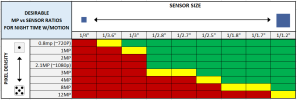
And then these are a few of the threads made be people coming here because the 3849 camera was underwhelming.
IPC-HDW3849H-AS-PV issues
IPC-HDW3849H-AS-PV loses connection/reboots during the day
Replaced HDW5442TMP-ASE by HFW3849T1P
Dahua 8mp (TIOC): Full Colour, Active Deterrence & AI
IPC-HDW3849H-AS-PV Video Quality
Most here find that cameras and motion activated floodlights ends up causing problems with image exposure and are bad for surveillance cameras.. What happens is then the camera is momentarily blinded and you lose the ideal capture when the lights kick on and the camera adjusts from basically no light to a lot of light. Cameras a getting better with it, but it can still be problematic in some situations.
Motion activated lights are not a deterrent. There are
enough videos here showing that perps do not flinch when a floodlight turns on. They avoid homes all lit up, so go with floodlights on all night.
Watch this video someone posted and how the floodlight comes on and they don't even flinch. But then the audio comes on and they don't know which way to run LOL.
Either keep the lights on all night or not at all to ensure the best chance of capture.
Here is usually what happens when a motion activated floodlight comes on - it just about completely blinds the camera right at the moment of optimal opportunity to get the picture. There are 3 deer in this picture and two of them are lost in the blinded white while the camera's exposure adjusts to the rapid change in available light:
Or this example that completely missed the perp.